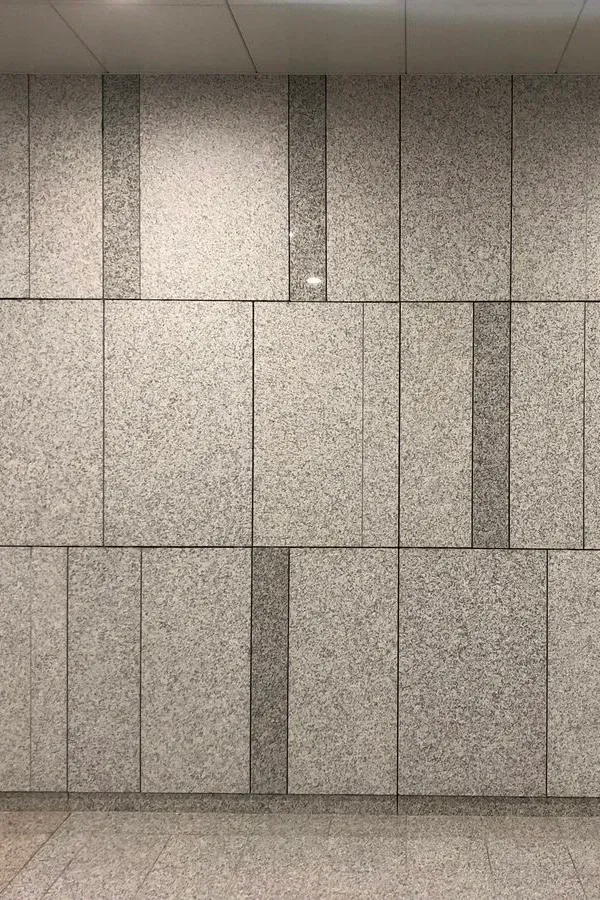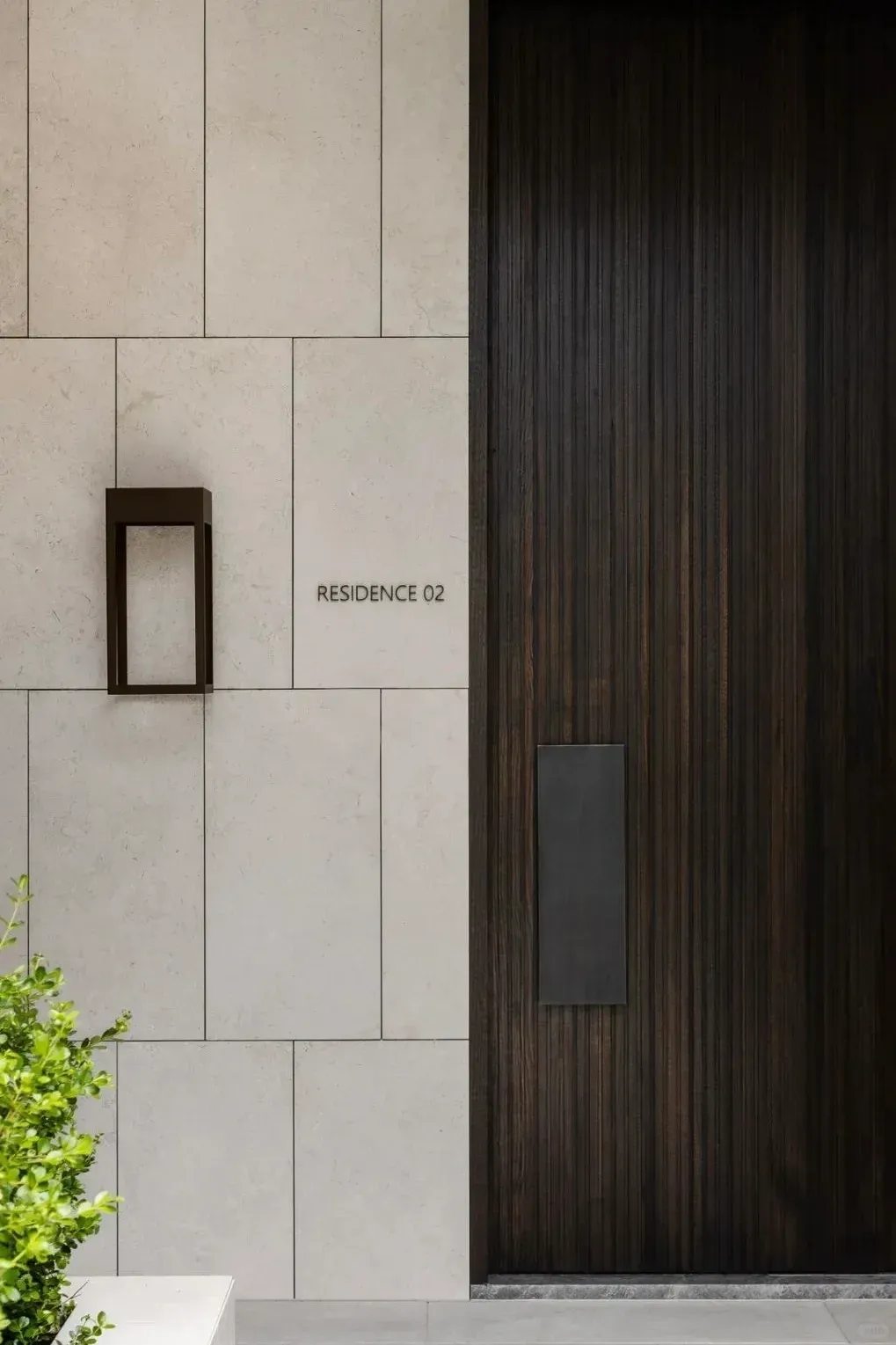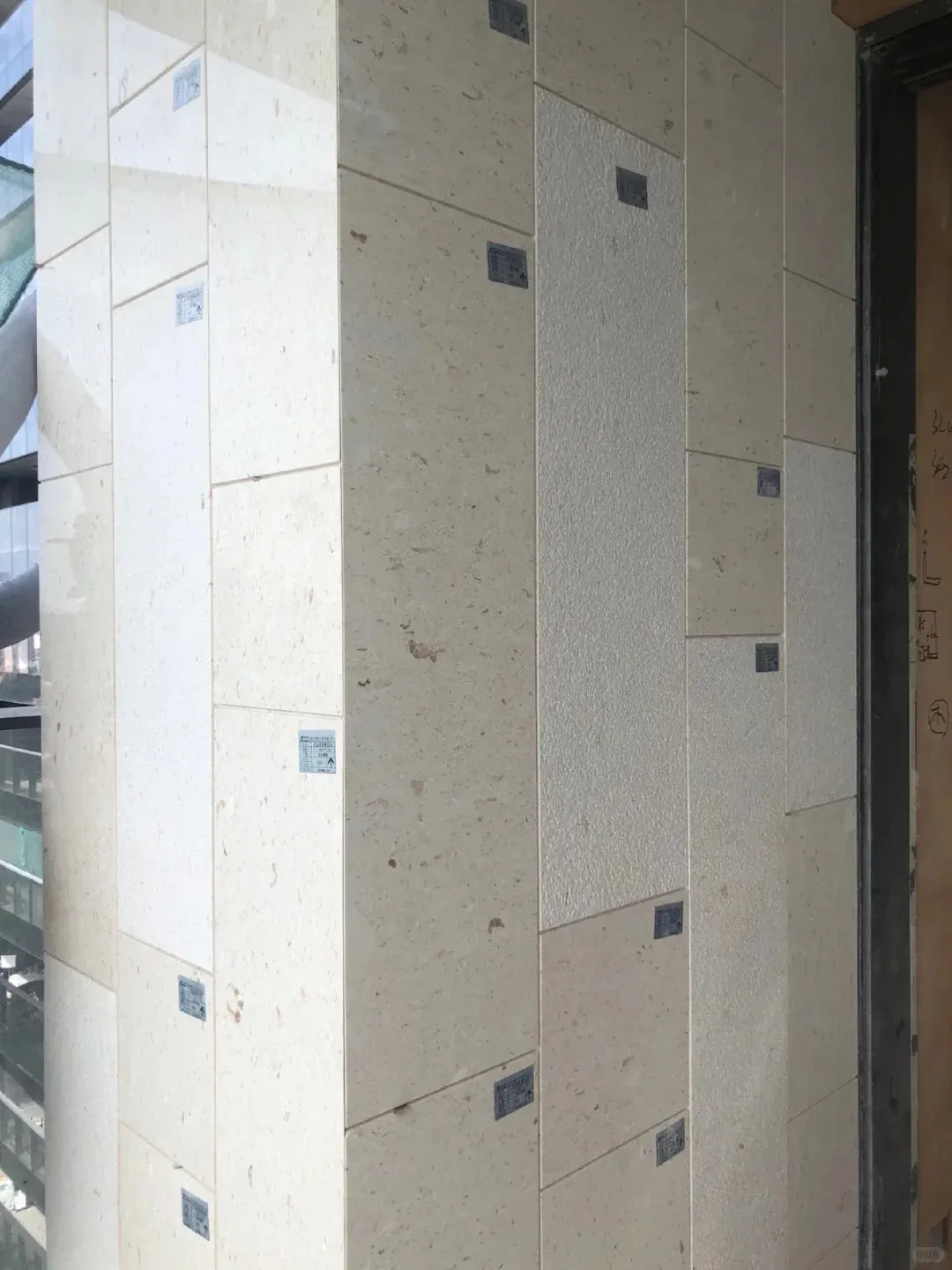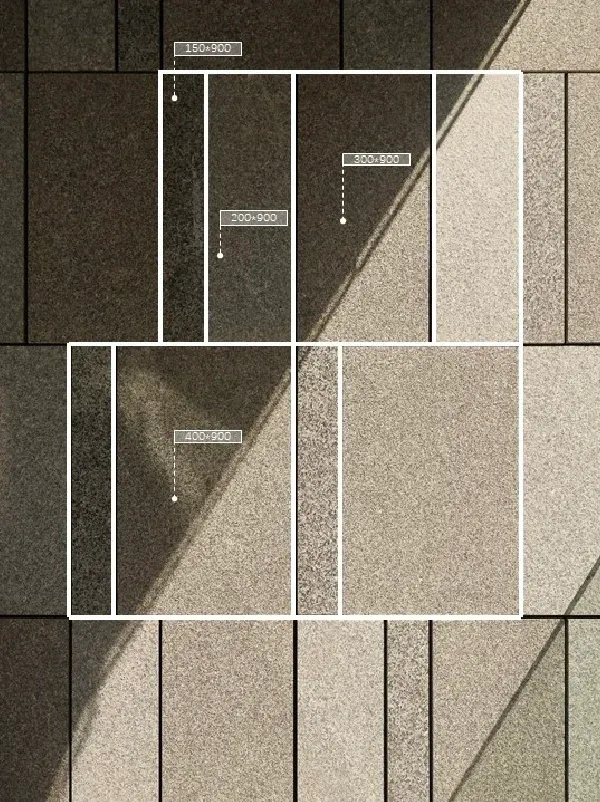Reference for Stone Wall Cladding Joint Layout Design
Stone wall cladding joint design plays a crucial role in architecture and interior decoration, impacting not only the aesthetics of a space but also the durability and functionality of the material. A well-planned joint layout can effectively prevent issues such as cracking due to temperature fluctuations, humidity, or structural movements, while enhancing the overall visual appeal through clever arrangements. This article provides a reference for stone wall cladding joint design, covering joint forms, dimensions, and treatment techniques, combined with insights from our professional design team to help achieve efficient and beautiful stone applications.
Functionality and Aesthetics of Joint Design
The functionality of joint design should be prioritized. Joints allow for natural expansion and contraction of stone under environmental changes, preventing deformation or damage. For instance, in hotel wall decoration, properly designed joints can conceal structural seams and reduce visual clutter. Meanwhile, the size and form of joints should be adjusted based on the stone type and installation environment. Large-format materials like marble wall cladding often use narrow joints to emphasize continuity, whereas smaller materials such as marble flooring may require wider joints for enhanced slip resistance and drainage.




In terms of aesthetics, joint layouts should harmonize with the space's style. Symmetrical, staggered, or random joint patterns can create unique designs and textural effects. For example, in marble tiles applications, pattern matching leverages the natural veins of the stone to form seamless visual flows, elevating the luxury of the space. Our professional design team specializes in layout and pattern alignment, ensuring that each stone's veins connect flawlessly and materials are utilized to their fullest potential.




Selection of Joint Forms and Dimensions
Joint forms include straight, curved, and decorative joints. Straight joints suit modern minimalist styles, while curved joints can be used in artistic spaces like hotel lobbies. Regarding dimensions, joint widths typically range from 1 to 5 millimeters, depending on the stone size and installation requirements. For instance, marble flooring often features joints of 2-3 millimeters to balance aesthetics and practicality. In terms of treatment techniques, high-quality grout can prevent staining and moisture penetration, extending the stone's lifespan.




Advantages of a Professional Design Team
Our team brings extensive experience in providing customized joint design solutions. From initial measurements to final installation, we ensure every detail is meticulously handled, including stone pattern matching and joint treatment. Whether for marble wall cladding or hotel wall decoration, our innovative layouts enhance project value.
In summary, stone wall cladding joint layout design is a blend of art and science. Through careful planning, you can not only improve spatial beauty but also ensure the long-term performance of the stone. Contact us for professional design support!